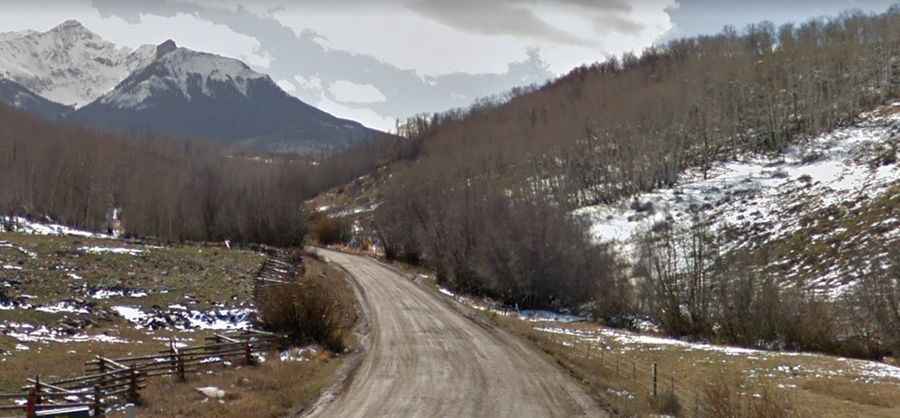Last Dollar Pass is one of Colorado's best back-country roads
Last Dollar Pass is a high mountain pass at an elevation of 3.254m (10,676ft) above sea level, located in San Miguel County, in the U.S. state of Colorado. It’s said to be one of Colorado's best backcountry roads.

Where is Last Dollar Pass?
The pass is located in the southwestern part of Colorado.
When was the road through Last Dollar Pass in Colorado built?
This road winding its way through the mountains above Telluride was a mining supply route in the 1800s.
Is the road through Last Dollar Road in Colorado unpaved?
The road to the summit is totally unpaved. It’s a bumpy, colorful, vast, and adventurous hidden dirt road called Last Dollar Road (#638).
Can I drive my vehicle to Last Dollar Pass in Colorado?
The road is passenger car-friendly in dry weather, although after heavy rains, there are a few very muddy areas, and it helps to have 4WD to get through them. But in dry conditions, this is suitable for a passenger car. However, a high-clearance, four-wheel-drive vehicle is recommended.
How long is the Last Dollar Road?
The road is 35.40km (22.0 miles) long, running north-south from CO-62 to CO-145. With very little through traffic, the drive takes about two to three hours. It’s a scenic alternative to the paved highway between Ridgway and Telluride.
Is Last Dollar Road in Colorado open?
Set high in the remote San Juan Mountains, do not travel this road in severe weather conditions. The road is not plowed in the winter and usually passable between June and September when it is dry.
Is Last Dollar Pass in Colorado worth it?
The drive is very scenic. There are great Colorado vistas around almost every corner, and there are lots of corners on this road. It offers panoramic views of Telluride’s most jagged peaks—the Wilson Range, St. Sophia Ridge, Palmyra Peak, and the Sneffels Range. It’s one of the most scenic roads in the area with beautiful views of the mountains, especially in the fall. The area is full of massive aspen groves. This road might be arguably one of the best areas to photograph fall foliage. Early summer brings wildflowers galore, and fall it is awash with vibrant color, and wildlife like deer, elk, and even bears year-round.
Where was True Grit filmed?
The opening and closing scenic John Wayne’s 1969 film, “True Grit,” were filmed here. It’s the film for which John Wayne won his only Academy Award.